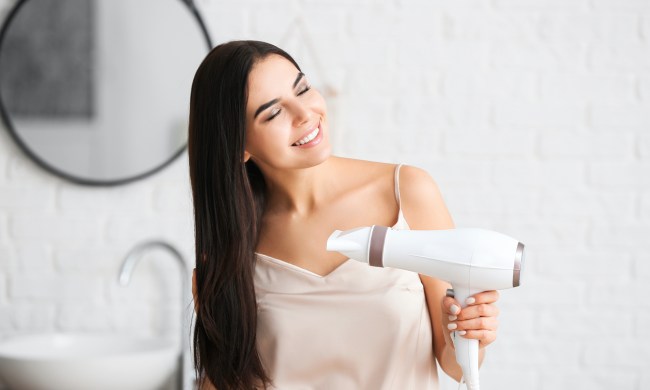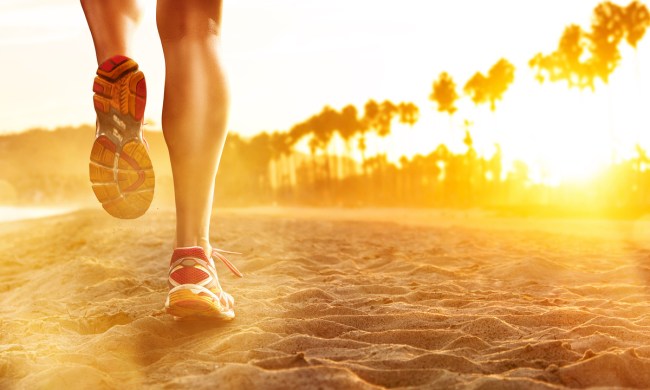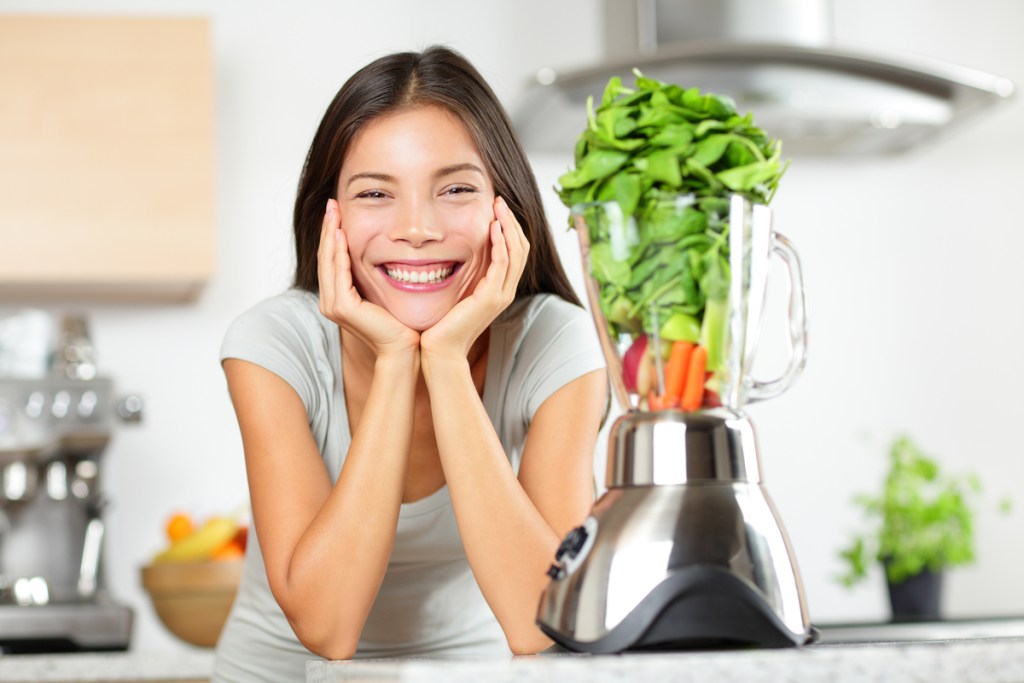
Breast cancer is the most common form of cancer in America. In fact, the National Cancer Institute estimates there will be 284,200 new cases and almost 44,000 fatalities for 2021 alone.
To help reduce the risk, the American Cancer Society recommends regular screenings and mammograms for women starting at age 45.
Prevention can be another powerful ally in the battle against this disease. A flood of scientific evidence suggests that specific superfoods may help lower the risk of breast cancer.
Here are eight foods that could bring the most benefit.
Citrus fruits
One large analysis concluded that a group of antioxidants called carotenoids could significantly lower the risk of breast cancer.
Citrus fruits are naturally high in carotenoids and are thus a natural cancer fighter. Popular citrus fruits include:
- Oranges
- Lemons
- Limes
- Grapefruits
- Tangerines
- Kumquats
Enhancing their cancer-fighting powers even further, citrus fruits also contain chemicals that help reduce inflammation, a well-known cancer risk factor.
Dark leafy greens
Carotenoids; there’s that word again. Dark leafy greens are full of them.
Well-known as nutritional superfoods, examples of dark leafy green vegetables include:
- Spinach
- Arugula
- Kale
- Swiss chard
Plenty of studies have shown the effect of dark leafy greens on cancer. One in 2015 found they could reduce breast cancer risk by a whopping 18-28%.
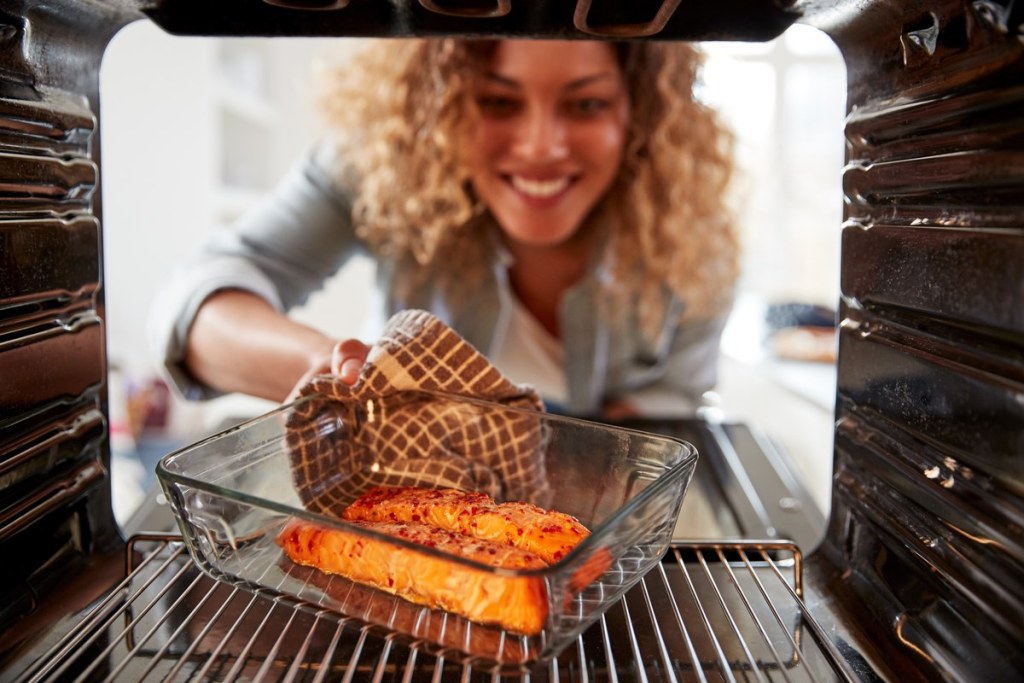
Fatty fish
Fatty fish is familiar on these kinds of lists, thanks to their famous abundance of omega-3 fatty acids and other nutritional helpers like vitamin D and selenium.
But they’ve been shown to have a particularly strong impact on the development of breast cancer. Multiple studies have found that consuming large amounts of fatty fish can reduce the risk. One found a full 14 percent reduction in breast cancer risk among older women.
Examples of fatty fish include:
- Salmon
- Tuna
- Anchovies
- Herring
- Trout
- Mackerel
Experts recommend aiming for one or two servings of fatty fish per week.
Berries
Berries contain a complex blend of cancer-fighting agents that work in different ways to help the body fight off cancers, including breast cancer before they begin.
A large 2016 review of scientific literature found that berries significantly reduced breast cancer risk. Phytochemicals common in berries, including cyanidin, delphinidin, and quercetin, have been shown to interfere with key breast cancer pathways in the body.
Examples of berries include:
- Blueberries
- Blackberries
- Strawberries
- Raspberries
- Goji berry
- Acai berry
Among this formidable group, blueberries take home the gold star. These dynamos seriously power up antioxidant activity in the body while helping to prevent DNA damage, which can eventually cause cancer.
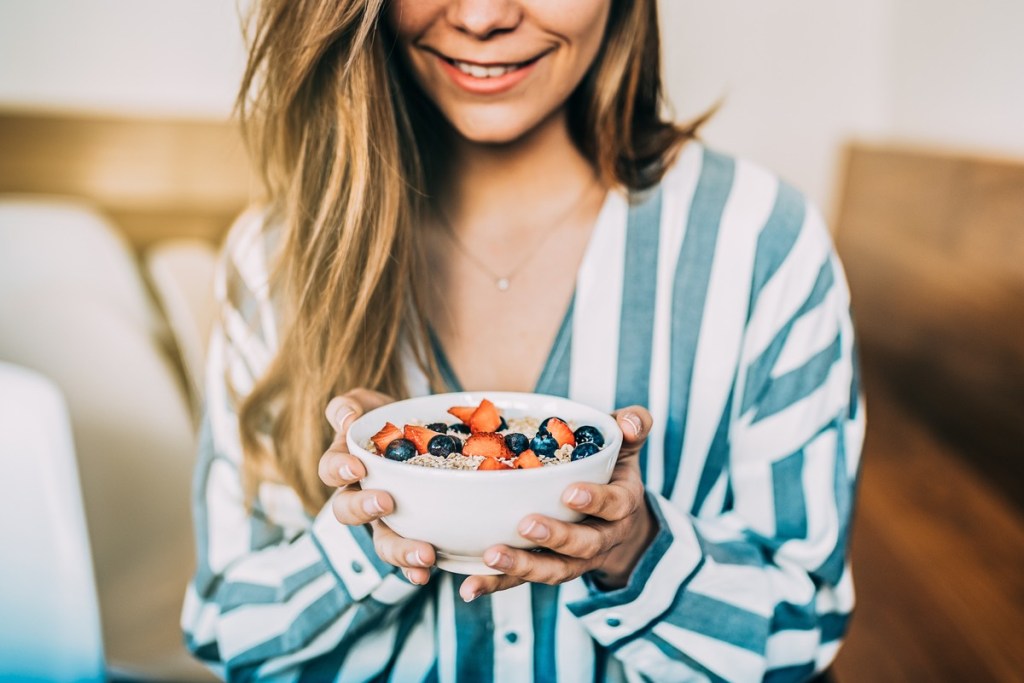
Fiber
A 2020 analysis of 20 different studies concluded that “high total fiber consumption was associated with a reduced risk of breast cancer.” That’s about as emphatic as a scientific conclusion can get.
Sources of high fiber can include:
- Whole-wheat bread, pasta, or crackers
- Beans
- Legumes
- Oatmeal
- Popcorn
- Brown rice
Although all of these options are beneficial, beans stand out from the pack, with a 2020 study revealing that beans pack a considerable protective effect against breast cancer.
Cruciferous vegetables
In 2020, scientists uncovered fresh evidence of cruciferous vegetables’ cancer-fighting properties, as the vegetables significantly reduced breast cancer risk among women who consumed them in higher quantities.
Cruciferous veggies include:
- Cauliflower
- Cabbage
- Broccoli
- Brussels sprouts
- Bok choy
- Radishes
- Horseradish
Furthermore, a 2020 study found that women who already had breast cancer had a better overall survival rate when eating higher amounts of cruciferous vegetables.
Peaches
Wow, do peaches ever pack a punch.
In a large study, women who consumed at least two weekly servings of peaches and/or its cousin the nectarine reduced their risk of developing a certain kind of breast cancer by 41 percent.
In another study, peaches were found to inhibit both breast cancer cell growth and metastasis in women who already had breast cancer, although you would need to eat two or three peaches per day to reap the benefit.
Soy
Soy products were once thought to increase breast cancer risk rather than reduce it. But subsequent evidence has found that soy actually has a beneficial effect.
Foods and drinks made from soy include:
- Soy milk
- Edamame
- Tofu
- Tempeh
- Miso
Experts recommend getting your soy from foods rather than supplements, whose potential effects (both positive and negative) are still being studied.
Fighting breast cancer takes every tool in the arsenal. Prevention is a key part of the equation, but that equation cuts both ways. For example, if you add kale to your diet but still eat fast food four times a week, your risk may not change very much. Along with unhealthy foods, consider avoiding smoking and alcohol, which can increase cancer risk.
With that said, adding any of these eight foods to your diet is a great (and delicious) way to help you stop breast cancer before it starts.
BlissMark provides information regarding health, wellness, and beauty. The information within this article is not intended to be medical advice. Before starting any diet or exercise routine, consult your physician. If you don’t have a primary care physician, the United States Health & Human Services department has a free online tool that can help you locate a clinic in your area. We are not medical professionals, have not verified or vetted any programs, and in no way intend our content to be anything more than informative and inspiring.

